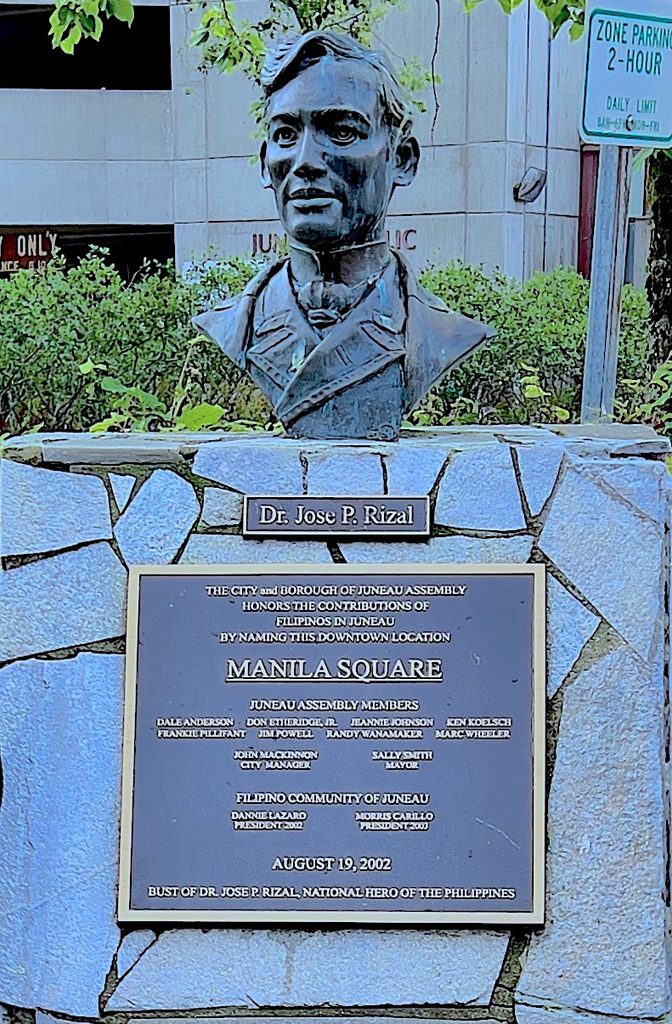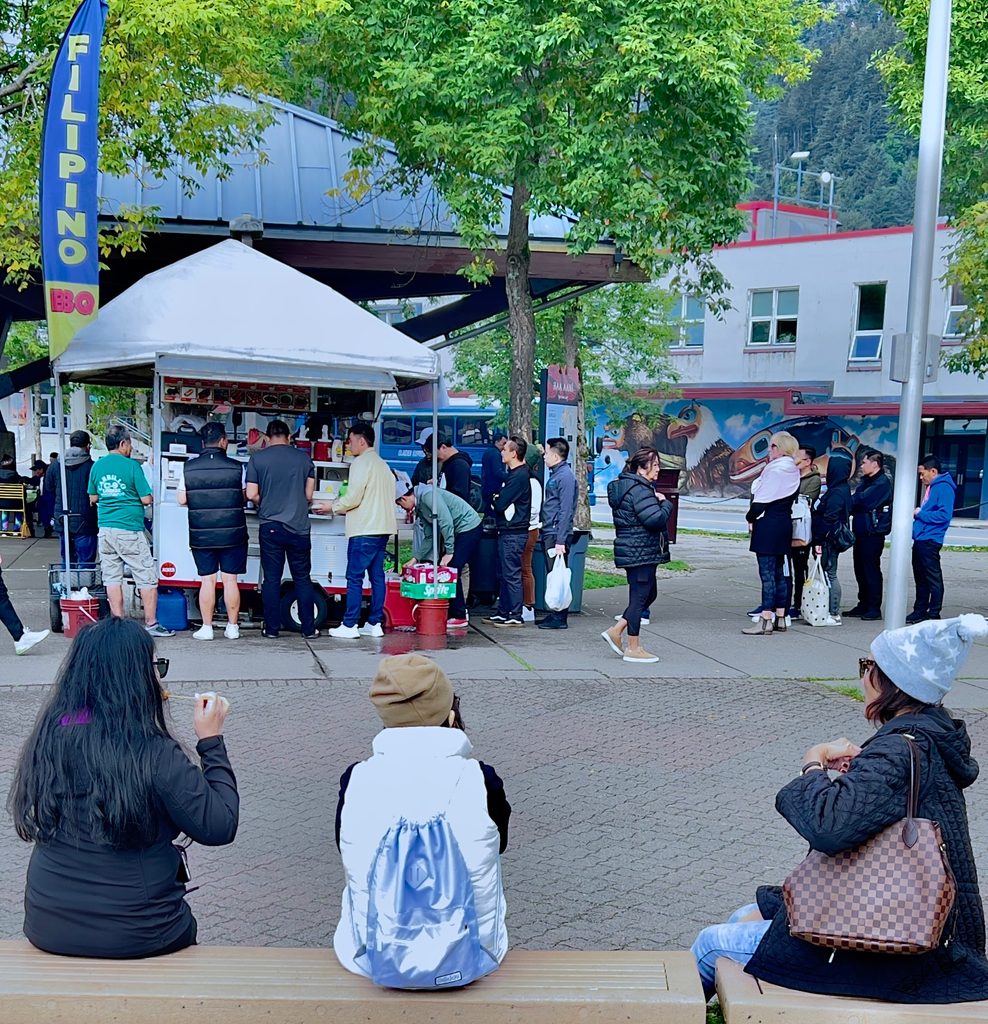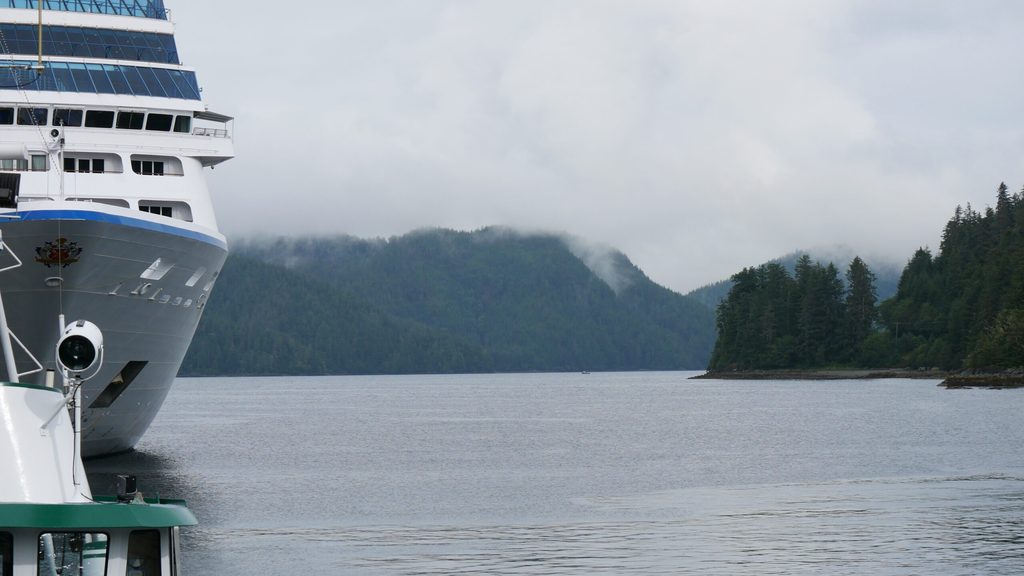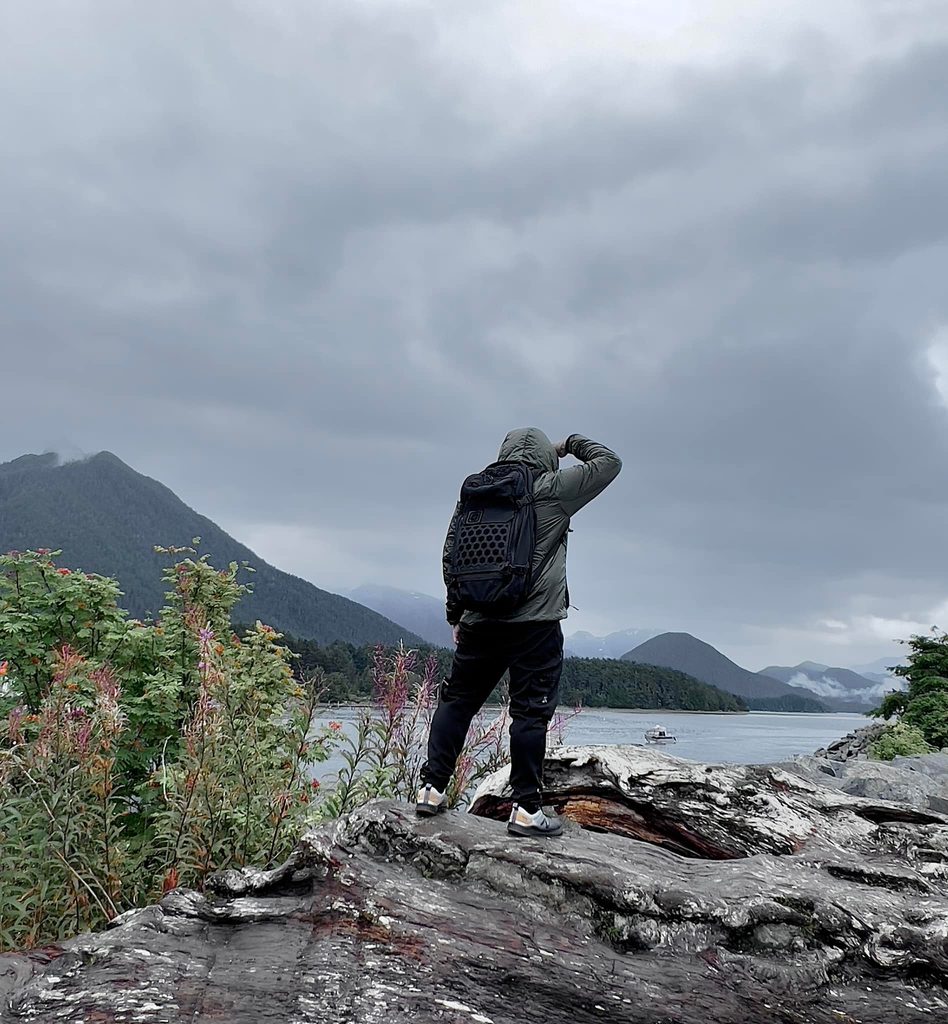SUMMARY
This is AI generated summarization, which may have errors. For context, always refer to the full article.
![[OPINION] The distances Filipinos go to for work and adventure](https://www.rappler.com/tachyon/2023/09/ispeak-filipino-alaska-1.jpg)
In the middle of a busy street in Juneau, Alaska is a tiny park called Manila Square, where you’ll be greeted by a statue of Philippine national hero, Dr. Jose Rizal. It was a nice surprise to see a man from the warm waters of the South Pacific in the northern part of that same ocean in America’s giant refrigerator known as Alaska.

However, upon reflection, it shouldn’t be that surprising to see a familiar face whose Austronesian features reflect my own. Throughout the ages, Filipinos have sojourned and migrated to almost every corner of the earth to seek new opportunities, or to simply find new adventures.
Speaking of Filipino adventures, my group and I had a little misadventure. We took the Juneau public bus because we wanted to save money going up to Mendenhall Glacier. What we didn’t know until it was too late was that the public bus only went up to the valley, and that we had to hike the rest of the way. Unfortunately, we didn’t have enough time embark on a roundtrip hike. It was like an episode of When Keeping It Kuripot Goes Wrong.
What do Filipinos do in such circumstances? We just laughed it off, took group photos from the side of the highway, and made kalamansi juice with honey out of a sour situation.
“Kunwari na lang nakarating tayo sa glacier,” we said, laughing as we posed on the sidewalk with the snow-capped mountain behind us.
Since we only had limited time before going back to our ship, we headed to the port towards the enticing smell of Filipino food carts. In fact, that little taste of home became the highlight of our Juneau excursion.

The popularity of the Filipino food stall was evident by the various nationalities that lined up to eat traditional Filipino dishes and the famous pork BBQ that you can find in almost every street corner in the Philippines. All around the park, you can see the hundreds of Filipino OFWs (Overseas Filipino Workers) who worked in the cruise ships. In fact, I heard Tagalog and other Filipino dialects more than English while we ate at Marine Park.
I think that scene in that tiny corner of America summed up the great distances our people travel to make a living. The Filipino folks laughing, conversing, taking group pictures, and eating could easily be a carbon copy of a scene that happened in 1788, when Filipinos first arrived in Alaska to work. It was like a split-screen showing the old generation (the vendors and the local Filipino-American citizens of Juneau) and the new generation of Filipino workers, many of whom were quite young.

Although those first pioneers who toiled inside salmon canneries or risked their lives on fishing vessels have long since passed, you’ll still cross paths with older generations of Filipinos in Alaska today, such as the elderly gentleman we met on the bus who told us about the area before he got off to do grocery shopping.
In a way, it was a blessing that we took the public bus because we got to know the real people of Juneau, going about their everyday life, away from our fellow tourists. That’s why it was in Juneau that I came to the realization that all of the Filipinos in that single area were tied together through shared ancestry, but that we also had our own unique journeys. Despite our solidarity, we are not a monolith.
The cruise staff were working very hard, away from their families back home, in order to support them. Although many have worked for the cruise companies for many years, becoming eligible to actually reside in America or Canada would still be an uphill battle. This is because their work visas only allowed them transitory visits on North American soil. It’s strange that they know Seattle, British Columbia, and Alaska like the back of their hand because they’ve visited hundreds of times, and yet they aren’t able to actually reside and become citizens of those places.

Then there’s my group and the other Filipinos onboard the cruise ship as tourists. Our American or Canadian passports allow us to freely traverse national borders without worry. We spend all day eating, drinking, exploring, shopping, and being entertained by our fellow Filipinos, as well as other nationalities who were also working hard to provide for their families.
This is not to say that we’re some spoiled group from the upper-class. We’re not rich by any means — hence our frugal attempt to take the two-dollar public bus — but I’m very much aware of the privileges we have.
Just like the Filipino frontiersmen who put up with the frigid cold all those centuries ago to make a living in a strange land, just like the friendly OFWs on the cruise who made our trip memorable, we, too, used to be new immigrants in America. Like our kababayan, we toiled to build our American dream by hand, piece by piece. It was the decades of hard work that my mom and aunts and uncles that allowed all of us to even go on this cruise.
I think it’s fascinating how different individuals who all started out in the Philippines wound up in Alaska through different paths in life. That’s the beauty of the Filipino heart and mind. We’ll do whatever it takes to get to a place we desire, whether as cruise ship employees, cannery workers, or retirees going on a much-deserved vacation.
After all, our ancestors arrived to what we now call the Philippines from elsewhere thousands of years ago. The iron in our blood was forged in the Pacific Rim of Fire. That same fire inside us is what fuels our yearning for a better life, for new horizons to watch the sunrise.

– Rappler.com
Michael Raqim Mira is a writer, photojournalist, documentary filmmaker and podcaster based in Houston, Texas. He hails from Tayabas City, Quezon. You can find his work at www.michaelrmira.com.
Add a comment
How does this make you feel?
There are no comments yet. Add your comment to start the conversation.